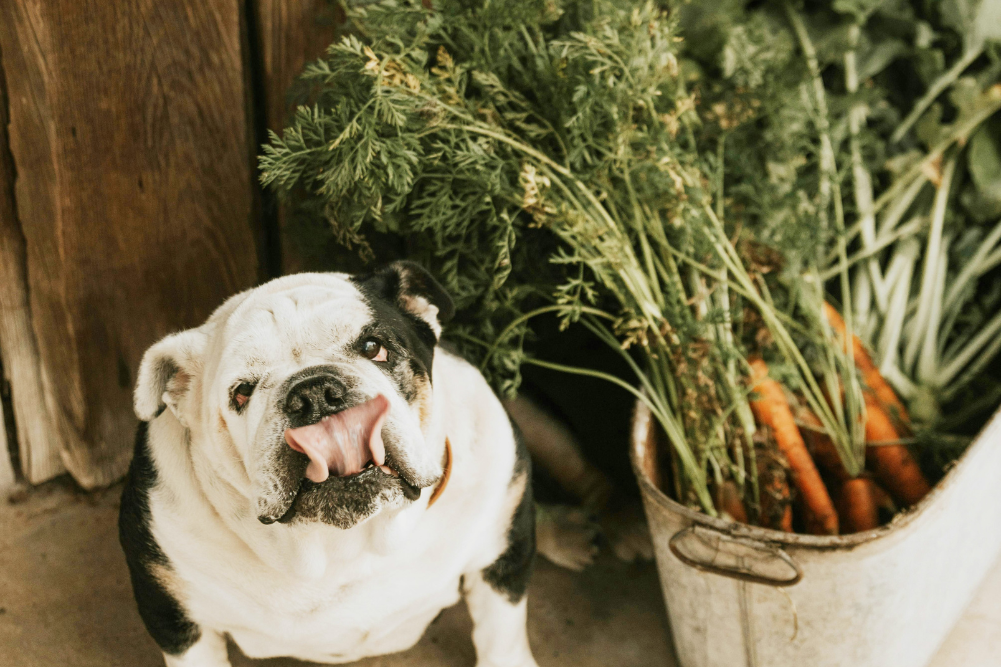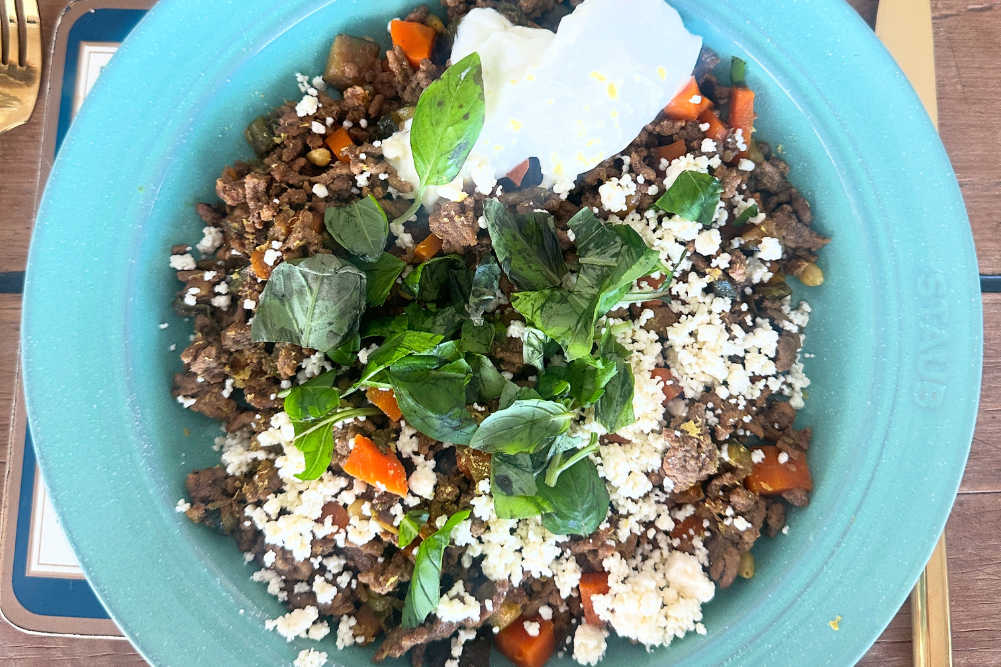Beginners guide to owning a puppy
It’s been 12 years since I last wrote about integrative healthcare for pups (my girl is now nearly 12). Has much changed?
What has changed in puppy nutrition?
I still recommend a raw meat and bones diet where possible. Real food contains antioxidants and phytonutrients beneficial to health, whereas processing foods may lead to toxins and perpetuate dysbiosis. Cooked, dried food diets tend to be caloriedense, leading to faster growth rates and increasing the risk for musculoskeletal problems such as hip dysplasia. Recent studies have shown reduced allergies in later life in pups fed raw food.
However, it is difficult to know if raw diets are nutritionally balanced for growth. Pups require the right balance of calcium in their diets. Too little, and their bones will fracture easily; too much, and they’ll develop bone abnormalities. This is especially important for larger-breed pups. Even if a home prepared diet appears balanced, the absorption of calcium can vary between individual pups.
Although I have seen large-breed puppies grow well on home-prepared raw diets, I’ve also seen some skeletal and digestive problems when pups are on unbalanced diets. These days, I prefer commercial raw or other minimally processed diets that have been formulated to meet AAFCO or FEDIAF requirements for growth. Any pup on a raw diet requires monthly vet checks for growth and skeletal development.
Desexing/neutering
Desexing is usually carried out at six months of age, before puberty. It’s now recognised that early desexing of female dogs may predispose them to urinary incontinence. Delaying desexing until dogs are fully grown will encourage good muscle tone and may reduce hip dysplasia, elbow dysplasia or cruciate rupture.
Delaying desexing may offer a protective effect against some types of cancer in some breeds. However, entire females are more likely to develop mammary cancer. To protect against mammary cancer, we need to desex before the second season. I advocate an individual approach for each pup, depending on breed and lifestyle.
Flea and tick protection
The habitat of the paralysis tick (Ixodes holocyclus) has changed due to the movement of bandicoots and other vectors. The consequences of paralysis tick attachment and toxicosis may be fatal, so some type of repellent or tick-killing strategy is required if you take your pup to a tick area.
Natural protocols exist, although they have a repellent rather than tick-killing effect. Rose geranium oil and neem oil have a repelling effect, but won’t kill ticks. These can be combined with twice-daily tick checks to increase their safety.
Older tick preventers are not always effective due to the emergence of resistant ticks, but newer classes of prevention called isoxolaners may be associated with adverse effects. Collars may be less effective if your pup swims, and are not ideal for the marine environment.
There is a reduced risk of an adverse reaction if narrow-spectrum, shorter-acting products are used, so it is preferable to use a one-month product rather than a three-month product. And it is better to use a tickonly product rather than one combined with heartworm and worming prevention medication as well. I would avoid isoxolaners in dogs with known MDR-1 gene mutations (present in some collie breeds and can be tested for), and also in dogs with serious illnesses or who have a history of seizures.
Unfortunately there is no ideal solution. I prefer not to begin tick preventers in pups until after their primary vaccine course. I recommend milk thistle for five days after each tick preventer as liver, detox and antioxidant support.
Dysbiosis and stress in new puppies
Behaviour advice for new puppies is no longer confined to toilet training and puppy chewing. We need to prepare new pups for their new lifestyle, and this includes training them to feel comfortable and secure when left alone.
Many pups come from a stressful environment, and this can affect not only their immune health but also their gut health and long-term behaviour, including leading to fear-based behaviours
As part of a puppy wellness check, I try to establish their background, and if the pups are from a rescue shelter or a puppy farm I pay careful attention to gut and immune health as well as fearfree training. I will recommend a cooked minimally processed balanced diet, nutritionally appropriate for pups, supplemented with probiotics, reishi mushroom, milk thistle and adaptogens.
Vaccines
I’ve written many times about reducing vaccine frequency and titre testing for dogs. Leptospirosis is an emerging disease risk for dogs in Sydney. Infection is due to either directed exposure to infected rats or via water contaminated with infected rat urine.
Leptospirosis can be treated if diagnosed early, but symptoms can escalate and many infected dogs die. It also poses a risk to people. However, even though there have been a few small clusters of infection the incidence remains low.
Vaccination is recommended within a 5km radius of cases. Current reports suggest that 75 per cent of vaccinated dogs will recover. As a killed vaccine, there may be increased adverse reactions. I prefer to avoid vaccinating unwell puppies although immune compromise may increase their risk. I wait until four weeks after their final puppy vaccines and prescribe supporting probiotics, nettle leaf, milk thistle and medicinal mushrooms for four weeks after. To reduce the risk of infection in unvaccinated pups, avoid stagnant water and try not to let them drink from puddles or containers left outside. Avoid contact with rats if you can!








